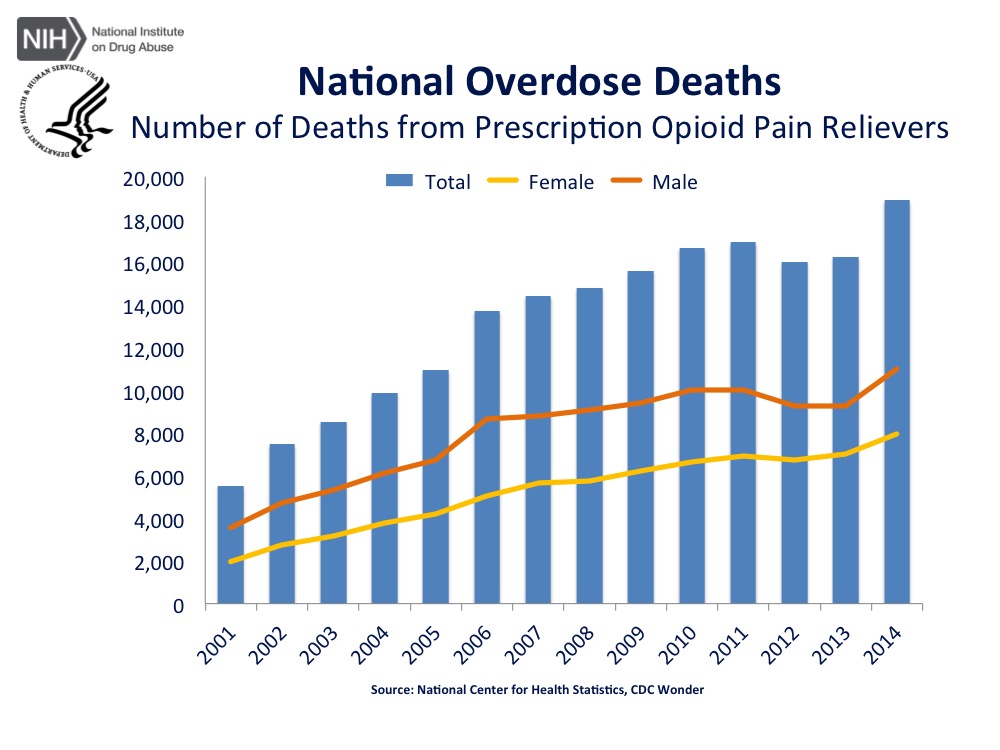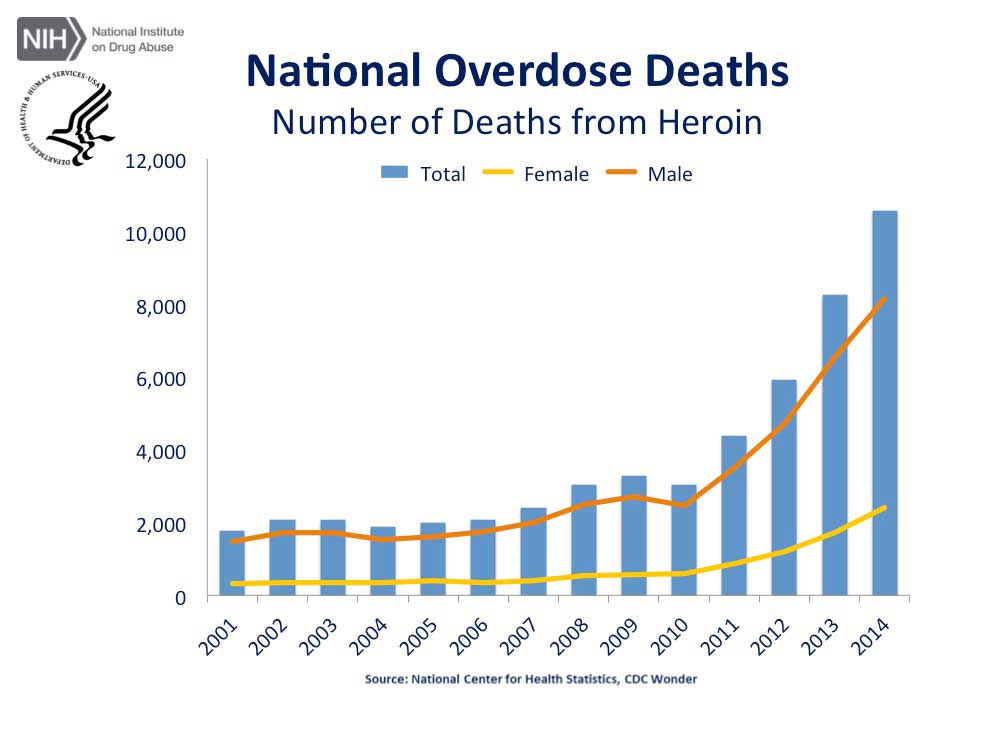What do these have in common?
Duexisis.
Valent.
Martin Shkreli
Mylan.
Answer – they are all on the leading edge of healthcare innovation.
More precisely, these examples show there’s no need to create really new products, develop new medicines, figure out how to keep people healthier longer, when you can just raise prices on your current product. A lot.
Duexisis is just ibuprofen combined with an acid reducer, creating a brand medication that sells for about 50 times what it should. Yep, you can just buy Advil and Pepcid instead of breaking your bank enriching Horizon Pharmaceuticals.
Valeant has made a business out of buying generic manufacturers and other pharma companies and jacking up the price of their medications, a practice that has earned the company the attention of the Department of Justice, presidential candidate Hillary Clinton, and the US House of Representatives. Oh, its stock price has gotten hammered of late due to some of these issues.
Shkreli is the brilliant and totally tone-deaf former hedge fund exec who discovered it’s a lot easier to make billions by buying little-used drugs made by one company than raising the price by, oh, say 6000 percent.
Mylan makes Epi-pens, the life-saving devices used to prevent deadly allergic reactions. Altho late to the “let’s just increase the price by a gazillion dollars for our poorly designed device cuz people who need it HAVE to buy it” game, they’re making up time quickly. Mylan raised the price by 6 to 9 times recently, causing problems for paramedics, families with kids with deadly allergies while jacking up their profits.
There are many, many more examples, but you get the point.
For anyone looking to assign blame for our ludicrously high cost of health insurance and pathetically poor outcomes, there are plenty of convenient culprits; HMO executive salaries, mandated benefits under ACA, specialty physician income, device manufacturers, hospital inefficiency, stupid and counterproductive HHS regulations, legislators who bow before the PHARMA lobby, physicians who refuse to wash their hands.
But it all gets back to this – the US health care “system” is based on a capitalist ethos, one where the shareholder and profits are God.
These companies and people do this stuff for a very simple reason – because they can, and they are rewarded for doing so. There’s no reason to spend millions innovating when you can make billions just by raising prices for your product or service.
What does this mean for you?
Reality sucks.




